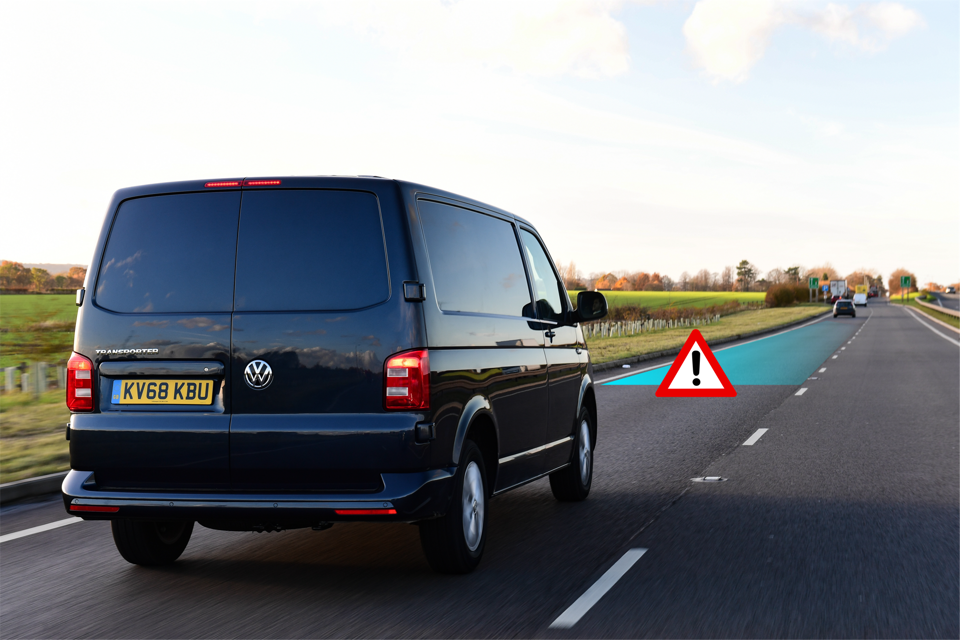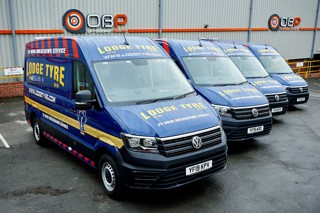Tailgating is one of the most common causes of van accidents on UK roads, according to research by Volkswagen Commercial Vehicles.
Figures from the Department for Transport show ‘following too close’ is ranked ahead of speeding, drink-driving and poor weather conditions when it comes to triggering collisions – and only behind van drivers failing to look and incorrectly judging the speed of other vehicles.
In total, there were 4,256 accidents reported as vehicles ‘following too close’ causing 6,184 injuries in 2017, including 19 fatalities – 8% of these cases involved light commercial vehicles – equal to 10 injuries per week.
Neil Greig, director of policy and research at IAM RoadSmart, said: “Tailgating is the biggest single bugbear that motorway users in particular report. Surveys suggest almost half of drivers feel scared and get angry about it.
“Keeping your distance means you can observe what is happening around and ahead of you much better and gives you time to react to the unexpected.
“Rear-end shunts simply cause massive hold ups and delay deliveries so it is in everyone’s interest that drivers follow the two second rule and leave a safe space in front of them.
“If the space gets filled simply create a new one – it will only add seconds to your journey and reduce your stress levels.
“If you are being tailgated never overreact as that will only inflame the situation; stay in control and let them pass.”
Vans driving on A-roads are most susceptible to accidents with 55% of all tailgating incidents happening on these routes.
Drivers found guilty of tailgating face a £100 fine and three penalty points. In the worst cases, tailgating can result in a driving ban or even a prison sentence if a serious collision occurs as a result.
As well as causing injuries, these accidents also force vans off the road and into van centres for costly repairs. Downtime costs fleets an average of £550 a day per van, while UK car repair bills stand at an average of £2,137, according to the Association of British Insurers.






















Edward Handley - 22/05/2019 18:05
Tail gating by van drivers has reached epidemic proportions recently. It seems that recent generations of vans are much quieter and more comfortable as well as quicker and this is encouraging van drivers to drive faster and closer to vehicles in front of them. Even when following another vehicle at the legal limit as confirmed by my satnav (circa 74/75 on the car 's speedo) I regularly see a van in my mirror just a few feet from the rear end of my car. When I can pull over to let them pass they often whistle past doing well over 80. Given the aerodynamics of most panel vans, which despite all sorts of clever flaps and panels are basically the shape of a house brick, the increase in fuel consumption and pollution must be significant. Sadly, I think the time has come for a change in the law requiring all panel vans to be fitted with speed limiters. The van operator and drivers will scream in horror but HGVs, LGVs, and PCVs have had limiters for ages, and the industry has not come to a grinding stop as claimed. In fact, truck journey times have barely increased and the motorways work better. Buses, coaches and minibuses are restricted to 100 KPH/62 MPH and are banned from the right hand lane of 3 and 4 lane motorways. It works well. I think vans should be restricted to 62 MPH too.